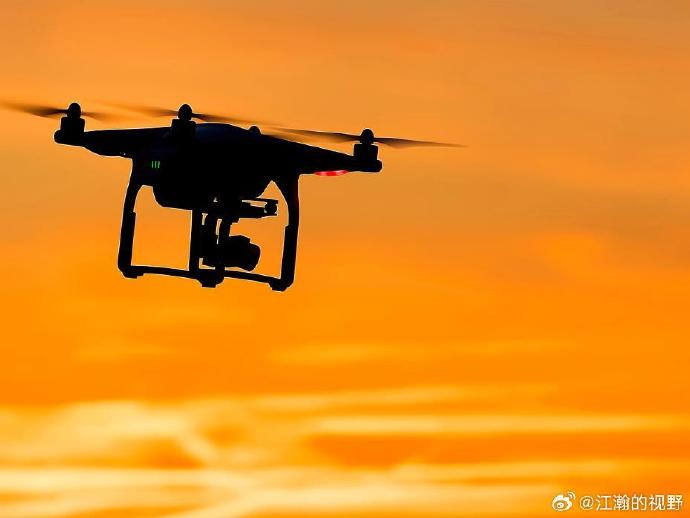Fiber optic cables have long been recognized for their capability to transmit massive amounts of data at lightning speeds, and now their integration into drone technology is providing unprecedented advantages. Fiber optic drones could pave the way for enhanced communication networks, offering solutions that stretch beyond traditional infrastructure limitations.
The Advantages of Fiber Optic Drones
One major benefit of using fiber optic drones is the potential for increased bandwidth. This means more data can be transmitted between drones and control stations, allowing for real-time analytics and faster decision-making processes. Moreover, the increased bandwidth supports a broader range of applications, including high-resolution video streaming, critical in surveillance, and scientific research operations.
Reliability is another significant edge fiber optic drones have over conventional wireless systems. Traditional wireless communication is prone to interference and signal blockage, especially in environments filled with electronic ‘noise’ or physical barriers. Fiber optic drones, however, use light to transmit data, making them less susceptible to these issues and ensuring a stable connection.
is another significant edge fiber optic drones have over conventional wireless systems. Traditional wireless communication is prone to interference and signal blockage, especially in environments filled with electronic ‘noise’ or physical barriers. Fiber optic drones, however, use light to transmit data, making them less susceptible to these issues and ensuring a stable connection.
Applications Across Industries
Numerous industries are exploring the use of fiber optic drones for diverse applications. In the field of telecommunications, these drones could help establish temporary networks in remote areas, providing essential connectivity in places where laying permanent cables is impractical. In emergency and disaster response scenarios, they offer the ability to quickly set up communications channels to coordinate rescue efforts effectively.
Beyond connectivity, fiber optic technology integrated into drones enhances their navigational systems. By providing accurate and rapid data processing, navigation becomes precise, enhancing drone efficiency in challenging terrains. This is crucial for applications such as mapping, environmental monitoring, and agriculture, where precision is mandated.
In the realm of commercial use, fiber optic drones hold the promise of revolutionizing the delivery system. With increased speed and reliability, companies could ensure time-sensitive products reach consumers without delay.
Challenges and Future Prospects
Despite the advantages, implementing fiber optic technology in drones presents several challenges, primarily due to the integration complexity of fiber optics with existing drone systems. However, ongoing research is paving the way to overcome these hurdles, promising a future where drones could leverage full-fledged fiber optic capabilities.
Additionally, the cost of upgrading current drone fleets to incorporate fiber optics is substantial, posing a barrier to widespread adoption. Hence, continual innovation and economies of scale are likely needed to make fiber optic drones accessible to broader markets.
FAQs and Further Explanation
How do fiber optic drones work?
Fiber optic drones utilize light to transmit data between devices. This process involves light signals traveling through fiber optic cables, which drones employ to communicate effectively over long distances.
Are fiber optic drones more expensive than traditional drones?
At present, fiber optic drones may incur higher costs, primarily due to the advanced technology required for integration. However, as technology advances and production scales, costs are expected to decrease.
What future developments are expected for fiber optic drones?
Research is actively pursuing enhanced integration options, aiming to improve the feasibility and efficiency of fiber optic drones. Future advancements may focus on reducing costs and increasing the technology’s accessibility to different markets.
Overall, the integration of fiber optic technology within drones represents a promising frontier in connectivity and communication. As research and development progress, we can anticipate transformative impacts across various industries in the coming years.